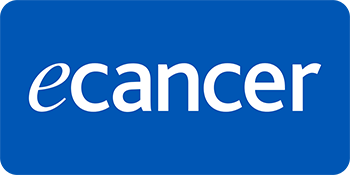Background: Diffuse large B-cell lymphoma (DLBCL) is the commonest subtype of lymphoma in the elderly and poses unique challenges in this group of patients. There is a need for more information on real-world outcomes across economic disparities.
Methods: Electronic Medical Record of 3,087 lymphomas (>18 years) were evaluated retrospectively, of which 842 (27%) patients were ≥65 years. Two hundred and twelve patients who were ≥65 years received first line treatment for DLBCL between May 2011 and Dec 2016. Demography, clinical features, associated co-morbidities, first line treatment outcomes and hospital costs were analysed. Patients were followed up till March 2020.
Results: The median age at presentation was 71 years. Gender ratio was 2.5:1. 38% patients presented with early-stage disease, 37% with low and low-intermediate International prognostic index, 49% with nodal disease. One or more co-morbidities were present in 58%. The commonest extra nodal site was gastro-intestinal (29%). Two-thirds of the patients presented with non-Germinal centre B subtype. The overall response (OR) to treatment was 72.5%. Patients who received anthracycline-based therapy (n = 124) and rituximab-based therapy (n = 159) had a median progression free survival (PFS), not reached and 47.0 months, respectively, versus 10 months and 7.9 months, respectively, for patients receiving non-anthracycline and non-rituximab therapies. At a median follow-up of 24 months, the 5-year overall survival and PFS are 44% and 41%, respectively, for the entire cohort.
Conclusions: DLBCL is a curable lymphoma in elderly patients with standard anthracycline and rituximab-based therapies. Improvement in outcomes largely depends on social and financial support to complete the scheduled treatments.







